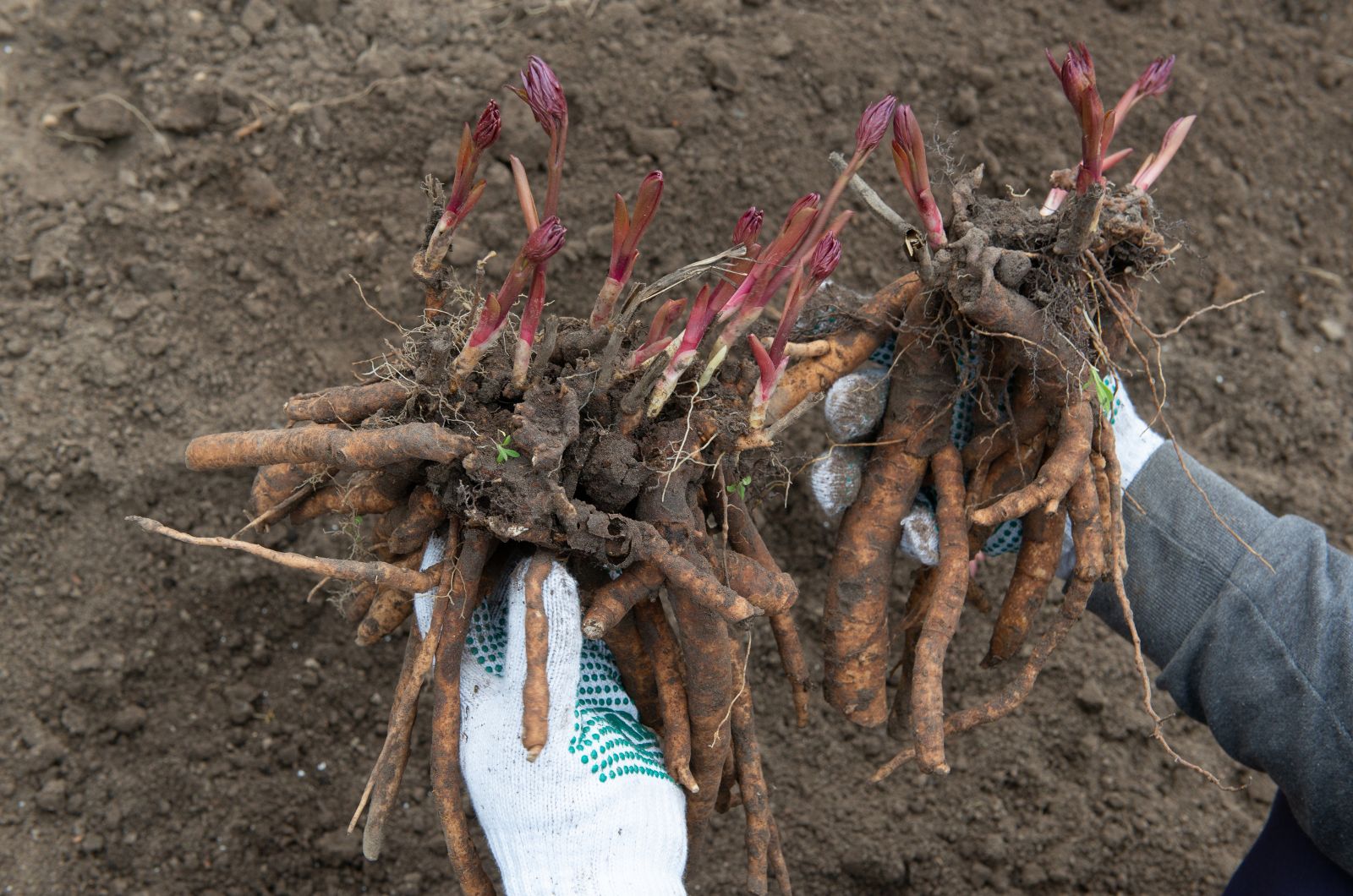Peonies are renowned for not only their appearance but also their low care requirements.
Changing spots isn’t the essential thing in peony care, which is not the case with common garden perennials. However, there are some cases when it’s not a good idea to skip transplanting peonies.
This is mainly related to light exposure and soil quality. I’ll show you exactly when and how to transplant these fascinating flowering plants and how to choose the best spot.
Let’s get started!
Why Transplant Peonies?
As mentioned, peonies can thrive in the same spot for years, so why transplant them in the first place?
Trees and shrubs cast a shade upon soil as they develop, and shorter plants start receiving less light, which can significantly affect their growth.
If you notice your peonies don’t thrive like they used to, check if they receive enough light. Transplantation will ensure healthy peony development in the years to come.
Another reason why it would be better to change your peonys’ location is soil quality. Plants can deplete nutrients from the soil and if you don’t amend it, you may notice stunted growth in plants.
When To Transplant
Soil temperatures play a major role in determining the perfect time to transplant peonies. The ground is the warmest during August and September, so you should start the process then.
This schedule will ensure healthy root development, which would not happen if you postponed transplantation when soil temperatures decrease.
Additionally, days are shorter during these months, which means water will evaporate slower and plants will have enough moisture for new growth.
Peony flowering season starts in spring, and if you transplant them during the recommended time frame, you can expect blossoms in the following season.
What Is The Best Spot For Peonies?
Peonies develop healthily and produce an abundance of stunning blossoms if they receive enough light.
You need to provide them with at least 6 hours of direct sun exposure daily.
Spacing is another factor that plays an important role in peony growth. Leave about 3 feet between each plant to prevent the development of powdery mildew.
Densely planted peonies may display stunted growth due to poor air circulation.
Additionally, you must pay attention to the depth of the hole because peony roots need space to extend.
Dividing Peonies
It’s not a good idea to dig out your peony plant and transplant it without dividing the root ball. Why not have more captivating peony blossoms in your garden?
When removing the plant from the ground be extremely careful not to damage the root system. Once your peony is out, you’ll notice tubers, which are basically underground stems that have red buds protruding from them.
You need to clean the tubers from excess soil by shaking them gently and rinsing them. Inspect them carefully and check how many buds each has. If there are more than 6, you can start dividing tubers into sections.
I highly recommend using a hand saw for cutting peony tubers. Each section should have at least three buds attached to develop into a healthy plant. Additionally, its root system must be strong enough to survive in a new environment.
After you successfully divide your peonies, plant each section in a suitable spot. For best results, ensure a lot of light and don’t forget to fertilize your peonies when they’re approximately 5 years old.
Follow our guidelines and have a spectacular garden display full of breathtaking and irreplaceable peony blossoms!
Meta: Here’s a complete guide for transplanting peonies. Learn why, when, and how to do it, and check out some growing tips for happy and healthy peonies!



